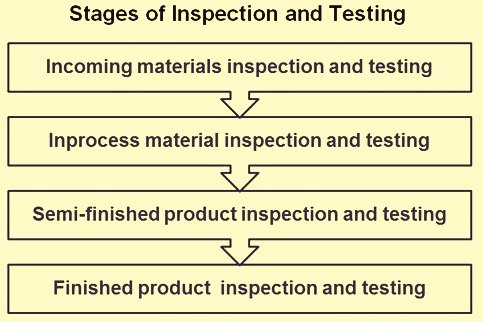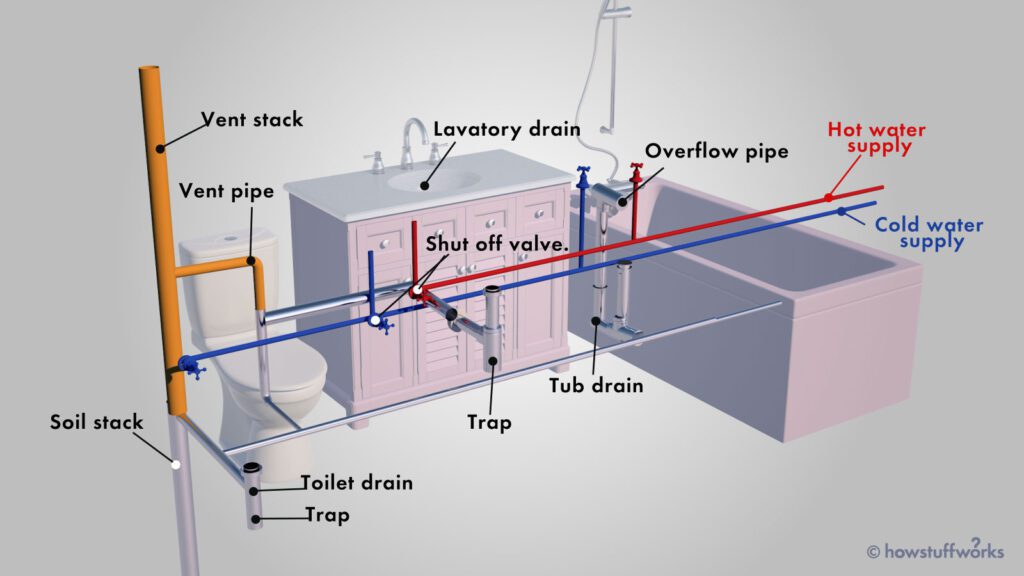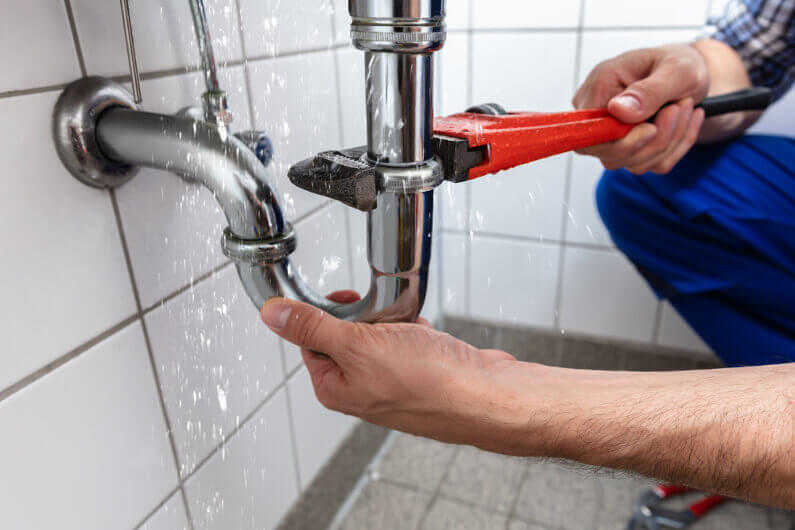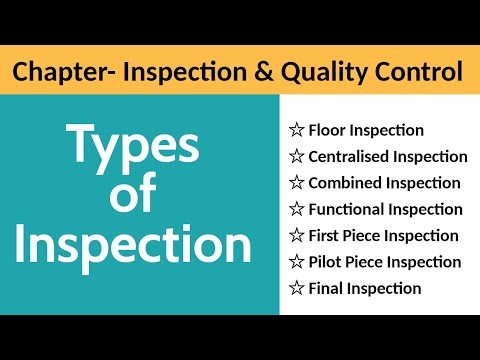In this article, you will discover the three stages of inspection that are crucial for ensuring the quality and safety of various products and processes. From the initial examination to the meticulous analysis and final evaluation, these stages provide a comprehensive approach to identifying potential issues and maintaining high standards. So, let’s explore these stages and understand their significance in the world of inspection.
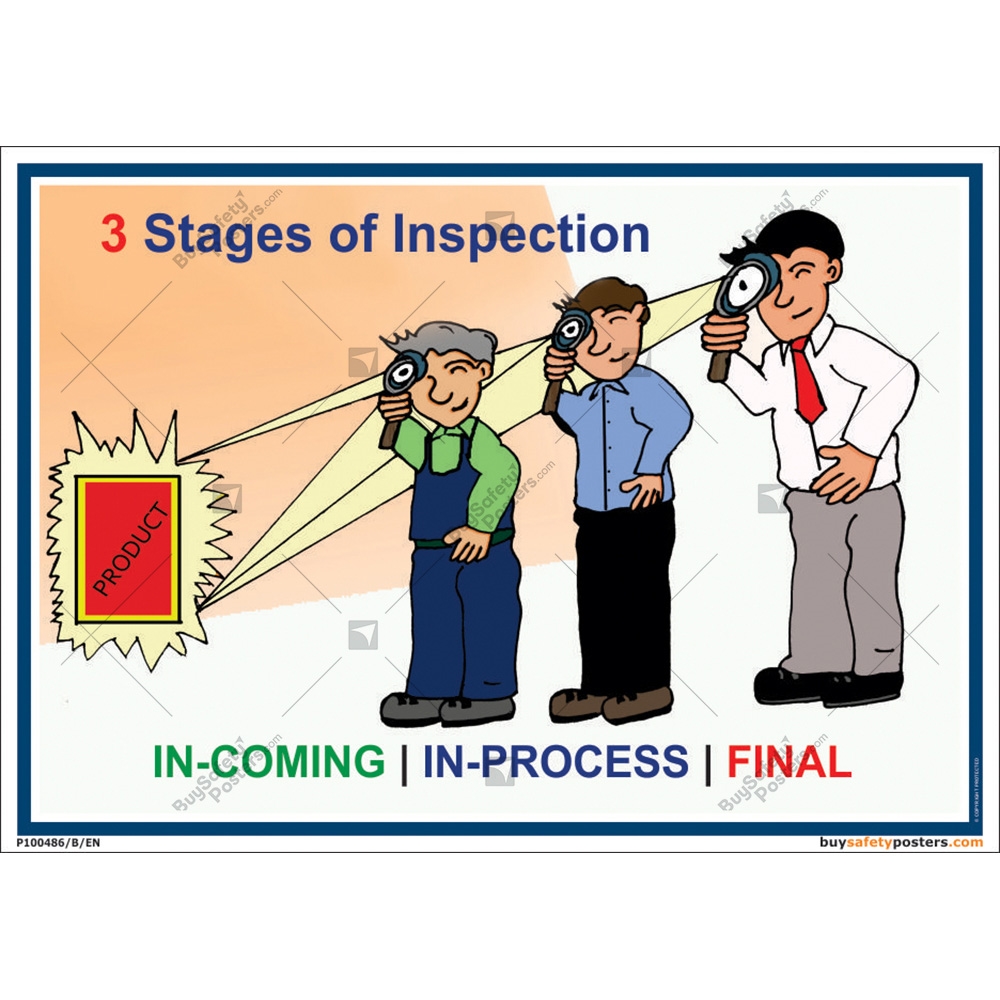

Stage 1: Pre-inspection
Understanding the purpose of the inspection
Before conducting any inspection, it is crucial to have a clear understanding of its purpose. The purpose of an inspection may vary depending on the context, but it generally revolves around evaluating the condition, safety, and compliance of a property or system. By understanding the purpose, you can ensure that the inspection is focused and that the appropriate steps are taken to adequately assess the subject at hand.
Gathering necessary information
The next step in the pre-inspection stage is to gather all the necessary information related to the property or system being inspected. This includes documents such as blueprints, permits, maintenance records, and any other relevant documentation. In addition, it is important to communicate with the property owner or relevant stakeholders to gain insights into specific concerns or issues that need to be addressed during the inspection. By gathering this information beforehand, you can better prepare for the on-site inspection.
Preparing inspection checklist
Another essential aspect of the pre-inspection stage is the preparation of an inspection checklist. This checklist serves as a guide during the inspection, ensuring that all relevant areas and components are thoroughly examined. The checklist typically includes items such as structural integrity, electrical systems, plumbing, HVAC systems, fire safety measures, and other specific aspects depending on the nature of the inspection. By having a well-organized checklist, you can systematically evaluate the condition of the property or system during the on-site inspection.
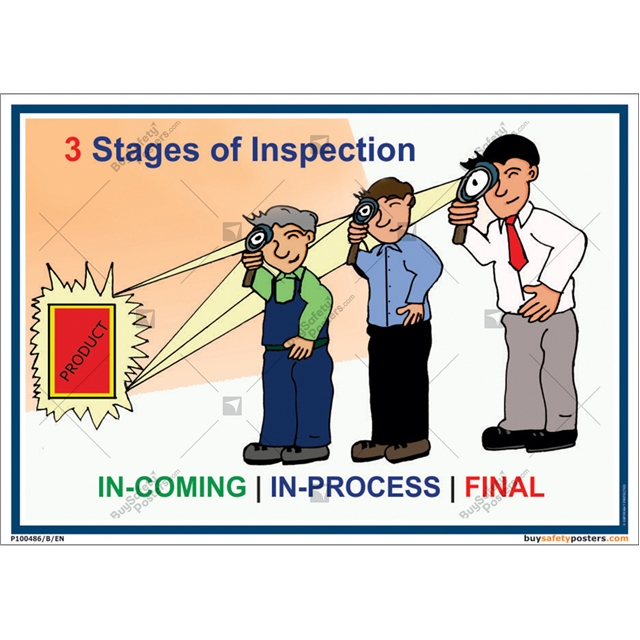

Stage 2: On-site Inspection
Reviewing the property visually
Once the pre-inspection stage is complete, it is time to proceed to the on-site inspection. The first step in this stage is to visually review the property or system being inspected. This involves observing the overall condition, identifying any visible signs of damage, and noting any potential safety hazards. Visual inspection is a crucial step as it can provide initial insights into potential issues or areas that require further investigation. By carefully reviewing the property visually, you can have a comprehensive understanding of its current state.
Conducting tests and measurements
In addition to visual inspection, it is often necessary to conduct various tests and measurements to evaluate the performance and condition of the property or system. This may involve using specialized equipment, such as moisture meters, thermal imaging cameras, or pressure gauges. Testing and measurements help assess the functionality, efficiency, and safety of different components. Whether it’s checking for leaks, measuring air quality, or assessing voltage levels, conducting tests and measurements provides valuable data for a comprehensive inspection.
Documenting findings
Throughout the on-site inspection, it is vital to document all findings thoroughly. This includes taking detailed notes, capturing photographs or videos, and labeling any relevant measurements or observations. Documentation plays a crucial role in the inspection process as it provides a clear record of the inspection findings. By accurately documenting the findings, you can refer back to the information during the post-inspection stage and ensure that all relevant details are included in the final inspection report.
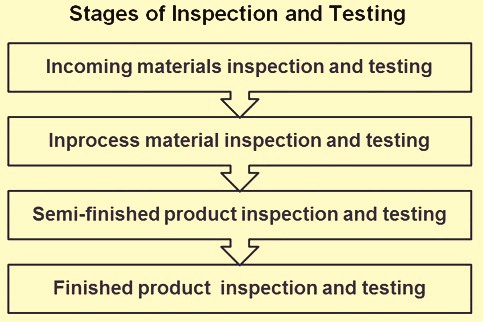

Stage 3: Post-inspection
Analyzing inspection results
After completing the on-site inspection, it is time to analyze the results. This involves carefully reviewing all the findings, comparing them to the predetermined inspection criteria, and identifying any discrepancies or areas of concern. During this stage, it is crucial to consult any applicable regulations, industry standards, or best practices to ensure a comprehensive analysis. By thoroughly analyzing the inspection results, you can effectively assess the condition of the property or system and determine any necessary actions or recommendations.
Preparing inspection report
Once the inspection results have been analyzed, it is essential to prepare a comprehensive inspection report. The report serves as a detailed summary of the inspection findings and provides a clear overview of the property’s or system’s condition. A well-prepared inspection report typically includes a description of the inspected areas or components, a summary of the findings, any recommended actions or repairs, and additional information or documentation to support the findings. By preparing a thorough inspection report, you enable stakeholders to have a complete understanding of the inspection results.
Communicating findings to stakeholders
The final stage of the inspection process is to effectively communicate the findings to stakeholders. This includes sharing the inspection report with the property owner, relevant authorities, or any other individuals involved or impacted by the inspection. It is crucial to communicate the findings in a clear and concise manner, providing explanations for any identified issues and recommendations for addressing them. By effectively communicating the inspection findings, you allow stakeholders to make informed decisions and take appropriate actions based on the inspection results.
In conclusion, the three stages of inspection, namely the pre-inspection, on-site inspection, and post-inspection stages, play a vital role in evaluating the condition, safety, and compliance of a property or system. By following a systematic approach and focusing on understanding the purpose, gathering necessary information, preparing an inspection checklist, visually reviewing the property, conducting tests and measurements, documenting findings, analyzing inspection results, preparing an inspection report, and communicating findings to stakeholders, a comprehensive and effective inspection process can be achieved. By conducting inspections with diligence and attention to detail, you contribute to ensuring the integrity, safety, and functionality of the property or system under assessment.



